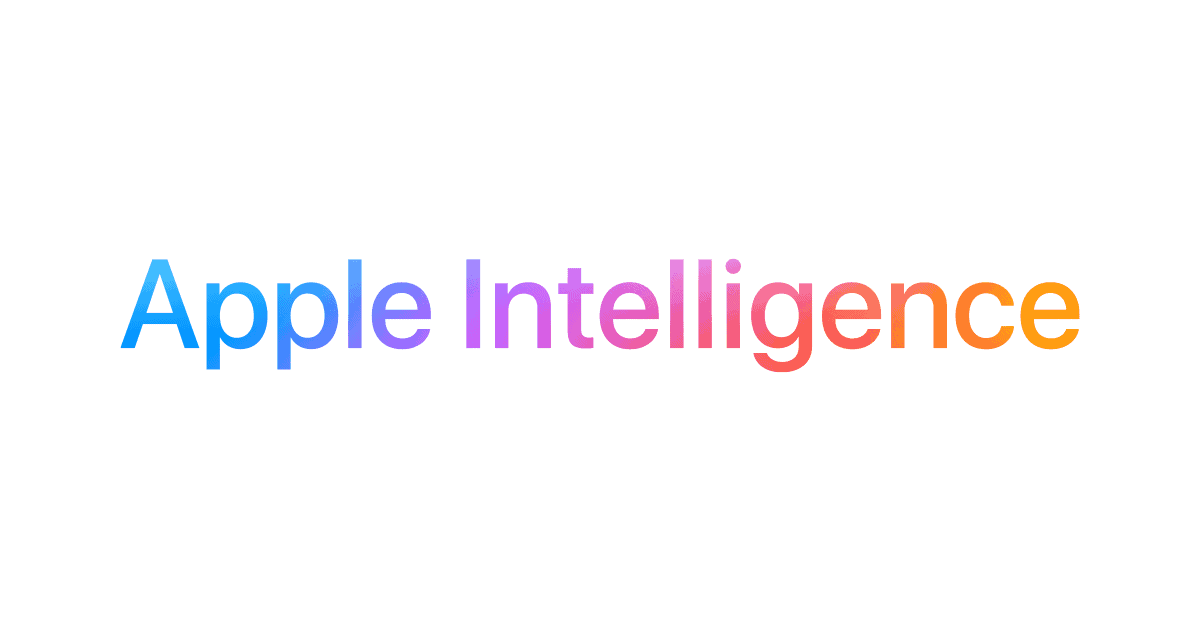Recent reports indicate that Apple’s artificial intelligence initiatives are struggling to keep up, with insiders claiming that the company’s AI technology is lagging about two years behind competitors like OpenAI and Google. While Apple’s current AI efforts may seem behind, the company possesses the vision and resources necessary to achieve significant advancements in the near future.
With a strategic focus on hardware, partnerships, and cutting-edge technology, Apple aims to strengthen its position in the AI industry. As consumers eagerly await tangible improvements, innovation and differentiation will become increasingly important, making it essential for Apple to deliver in this competitive landscape.
Apple’s AI Ambitions Face Headwinds: Accuracy and Timeline Concerns Emerge
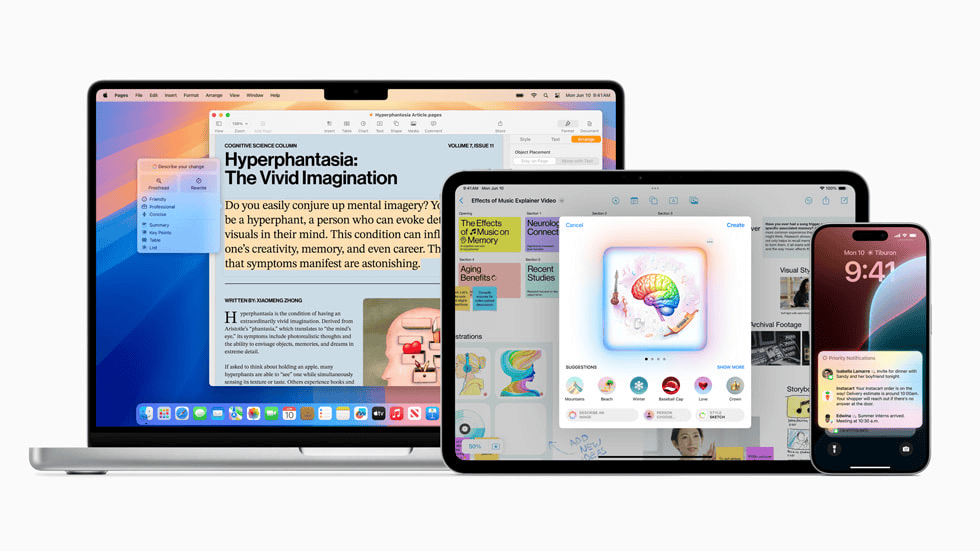
Apple is known for being at the leading edge of technology, but their artificial intelligence efforts might be facing challenges in its pursuit of AI dominance. Recent reports suggest that the tech giant’s progress in developing large language models (LLMs) may be lagging behind competitors like Google and OpenAI.
Accuracy Gap Raises Concerns
According to a report from The Information, Apple’s internal LLM, known as Ajax GPT, is estimated to be about 20% less accurate than OpenAI’s GPT-3.5. This discrepancy in accuracy raises concerns about the quality and reliability of Apple’s AI capabilities. It suggests that Apple’s LLM might generate more errors, provide less coherent responses, or struggle with complex language understanding compared to its more advanced counterparts.
Playing Catch-Up in the AI Race
The report also indicates that Apple’s LLM development is trailing behind competitors by approximately two years. This delay could put Apple at a disadvantage in the rapidly evolving AI landscape, where new breakthroughs and advancements are occurring at a breakneck pace. While Apple has historically taken a more deliberate approach to adopting new technologies, the fast-paced nature of AI development might require a more agile strategy.
Resource Constraints and Leadership Shifts
Several factors might be contributing to Apple’s reported AI challenges. The Information suggests that Apple’s AI team has faced constraints in terms of funding and computing resources, which are essential for developing and training sophisticated AI models. Additionally, there have been leadership changes and departures within Apple’s AI division, which could further impact the company’s progress and direction in this critical area.
Implications for Apple and Its Users
While these reports paint a somewhat concerning picture of Apple’s AI efforts, it’s important to remember that Apple is a company with vast resources and a proven track record of innovation. The company is still investing heavily in AI across its products and services, as evidenced by the upcoming Apple Intelligence features in iOS 18.1. However, the reported challenges highlight the need for Apple to accelerate its AI development and potentially reassess its strategies to remain competitive in the AI arena.

For users, the immediate impact of these challenges might be minimal. Apple’s existing AI features, such as Siri and on-device intelligence, continue to provide valuable functionality. However, the long-term implications could be more significant. If Apple falls behind in the AI race, it could affect its ability to deliver cutting-edge AI experiences and maintain its position as a leader in technology innovation.
Table: Apple’s AI Challenges
| Challenge | Description |
|---|---|
| Accuracy Gap | Apple’s LLM is reportedly 20% less accurate than OpenAI’s GPT-3.5. |
| Development Delay | Apple’s LLM development is estimated to be two years behind competitors. |
| Resource Constraints | Apple’s AI team reportedly faces funding and computing resource limitations. |
| Leadership Issues | Leadership changes and departures within Apple’s AI division could be impacting progress. |
Short Summary:
- Internal studies show Apple’s AI is significantly less accurate than competitors
- The company’s latest features are limited to select devices and offer reduced capabilities
- Future plans focus on gradual rollout of AI across all devices, but skepticism remains.
Apple’s foray into artificial intelligence has been met with mixed feedback, particularly in light of recent internal assessments highlighting gaps in performance when compared to industry leaders. A report by Bloomberg’s Mark Gurman indicates that Apple’s efforts are falling short, making it nearly two years behind competitors such as OpenAI, Google, and Meta Platforms Inc. This gap has raised eyebrows within the company, as employees contend that the AI features offered by Apple are not as advanced as publicly perceived.
According to Apple insiders, Apple’s AI, referred to as Apple Intelligence, is struggling against external alternatives like OpenAI’s ChatGPT, which is estimated to be 25% more accurate than Siri and capable of answering 30% more questions. This disparity points to significant challenges as Apple seeks to enhance its AI capabilities.
“Internal studies at Apple demonstrate that our AI technology is trailing behind other major players,” Gurman noted in his Power On newsletter.
Apple introduced its suite of AI features back in June during the Worldwide Developers Conference (WWDC24), but these innovations remain limited to specific hardware—the iPhone 15 Pro and newer models, as well as devices equipped with M1 chips or higher. However, this selectivity has only fueled skepticism about the company’s ability to compete effectively in the AI landscape.
This gradual launch strategy has Apple intending to expand its AI capabilities to all devices in the coming years, a move that might induce users to upgrade their systems for access to these features. For instance, the iPhone SE is anticipated to support the new AI in March 2026, followed by updates to entry-level iPads later that year.
While Apple has plans lined up, the current AI development is not yet available on the Apple Watch, which can utilize AI-enabled summaries only from a paired iPhone. Moreover, the new Vision Pro headset is expected to integrate AI features alongside upcoming home devices. Despite these ambitious launches, early consumer feedback indicates a demand for more impressive functionalities from Apple’s offerings.
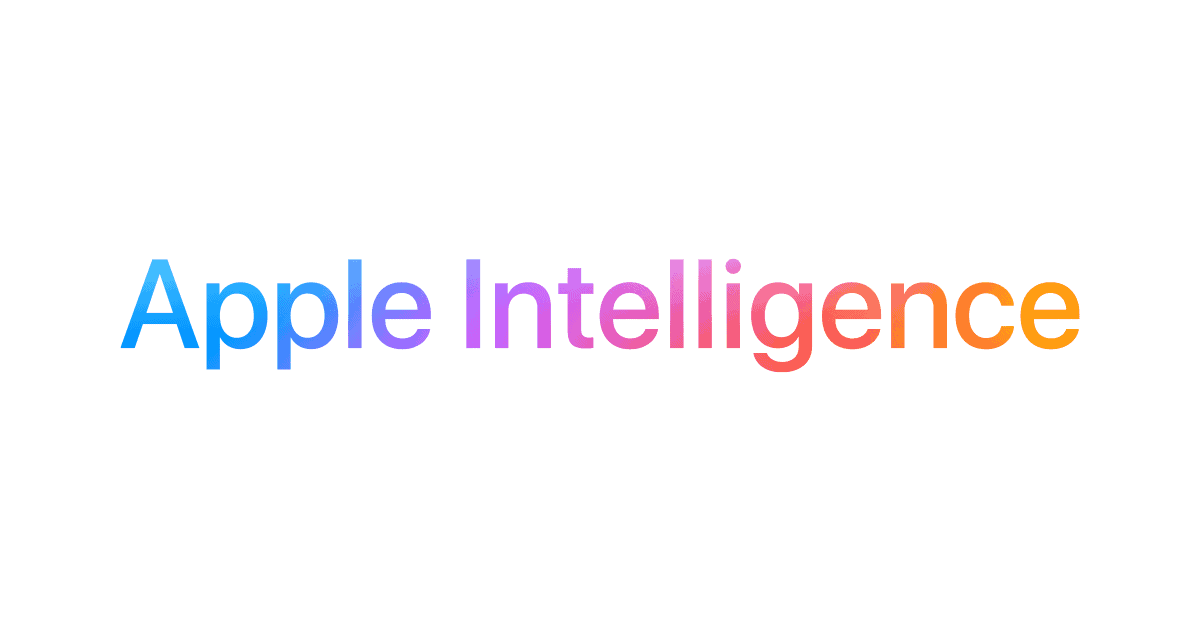
Performance Discrepancies with Competitors
Apple’s internal assessments have painted a rather dim picture regarding its AI performance. Insiders have expressed concern that the company’s current capabilities lag notably behind those of more established competitors. OpenAI’s ChatGPT remains a significant benchmark. Gurman elaborates, pointing out that:
“Compared with the latest offerings from Google and others, Apple’s AI is still far behind.”
This performance disparity has become a focal point for critique within Apple, especially after revealing that ChatGPT’s response accuracy was reported to be about 25% superior to that of Siri. Additionally, it was noted that ChatGPT could respond to about 30% more queries than what Siri can handle. These findings underline the extent of the knowledge gap that Apple aims to bridge.
The Road Ahead for Apple Intelligence
Looking ahead, Apple intends to adopt a multifaceted approach to AI development. The inclusion of on-device AI capabilities alongside collaborations with external AI entities will be crucial. An illustrative partnership with OpenAI aims to bring in more robust AI functionalities that can supplement Apple’s existing technology. These collaborative efforts signify a shift in Apple’s strategy to amplify its AI capabilities amidst rising competition.
Furthermore, projections suggest that by 2026, Apple will roll out AI technology across all its devices, emphasizing the innovation of hardware that can effectively leverage AI functionalities. This will likely include updates to the iPhone SE that ensure support for Apple Intelligence, alongside forthcoming enhancements to entry-level iPads.
“By mid-2026, we expect all Apple devices will be capable of running advanced AI,” an internal source remarked.
Strategic Initiatives: Hardware and Updates
In terms of strategy, Apple has established a clear path for AI integration into its ecosystem, largely focusing on hardware compatibility. The company has defined necessities for AI operations, necessitating devices to possess at least A17 or M1 chipsets with a minimum of 8GB of RAM. This requirement solidifies Apple’s approach to ensure that AI features function optimally, given that they heavily rely on high-end processing power.
Moreover, Apple’s focus on on-device processing highlights its commitment to privacy and security. Users are kept informed on when outside resources like ChatGPT are utilized, ensuring a transparency that aligns with Apple’s longstanding focus on user privacy. Analysts suggest this approach, while fundamentally sound, will also require Apple to expand its development efforts significantly.

Future Prospects and Competitive Landscape
As the AI narrative evolves within the tech landscape, Apple’s position raises substantial questions about its future competitive viability. Historical patterns suggest that Apple has often caught up in technology sectors where it initially lagged, as seen with Apple Maps. Current industry analysts anticipate Apple might abide by a similar strategy to close the AI performance gap. This could involve considerable investments in research and development, bolstered by strategic acquisitions and talent acquisition within the AI sector.
“Apple’s robust ecosystem and existing user base will be instrumental in deploying its AI advancements quickly,” an unnamed analyst observed.
Nonetheless, analysts at Morgan Stanley argue that Apple has more resources at its disposal than it openly acknowledges. Despite the perception of falling behind, Morgan Stanley predicts that Apple will emerge as a key beneficiary in the burgeoning AI landscape, especially as AI becomes integral to various consumer applications.
Tim Cook, CEO of Apple, has hinted at this potential growth, asserting that AI is at the core of ongoing developments within Apple’s suite of products and services. Consumers may see features like personal voice and enhanced notifications driven primarily by AI integrated into iOS 17 and beyond. Cook noted during a recent earnings call,
“AI is a fundamental technology that enhances our user experience,” said Cook.
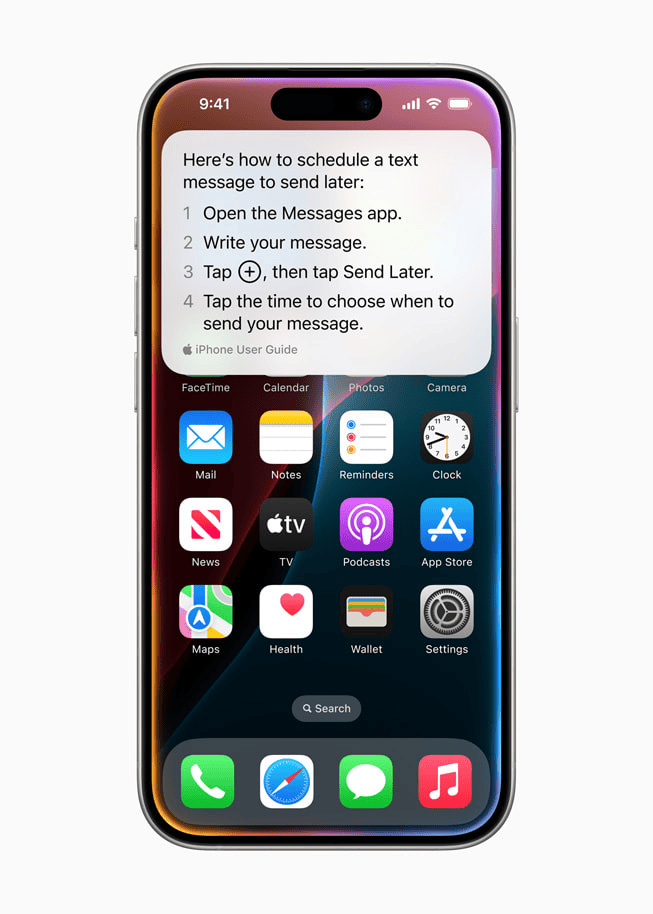
Balancing Challenges and Opportunities
While Apple is currently perceived to be behind the curve, its track record of successfully navigating competitive landscapes indicates it retains the capacity for significant advancement. The company’s focus on enhancing user privacy and on-device processing is both a challenge and an opportunity; this unique approach allows Apple to carve out a niche in AI development. The partnership with OpenAI, for example, signifies Apple’s recognition of collaboration as a means to bolster its AI capabilities.
As the realm of artificial intelligence continues to expand, Apple’s robust hardware ecosystem and extensive user base stand to provide a solid foundation for integrating advanced AI functionalities. Such capabilities are predicted to evolve dramatically, especially as key announcements surrounding AI developments are expected during future product launches, particularly at the WWDC in June 2024.
Summary Of The Report
The recent report from The Information highlighted some challenges Apple is facing in its AI development, particularly with its large language model (LLM).
Here’s a breakdown of the key takeaways from that report:
- Accuracy Concerns: Apple’s internal LLM, known as Ajax GPT, is reportedly about 20% less accurate than OpenAI’s GPT-3.5. This means it might generate more errors or less coherent responses compared to leading models.
- Development Delays: The report suggests that Apple’s LLM development is around two years behind competitors like Google and OpenAI. This could put Apple at a disadvantage in the rapidly evolving AI landscape.
- Resource Constraints: Apple’s AI team reportedly faces challenges related to funding and computing resources, which could be hindering their progress.
- Leadership Issues: There have been some leadership changes and departures within Apple’s AI division, which might be contributing to the reported challenges.
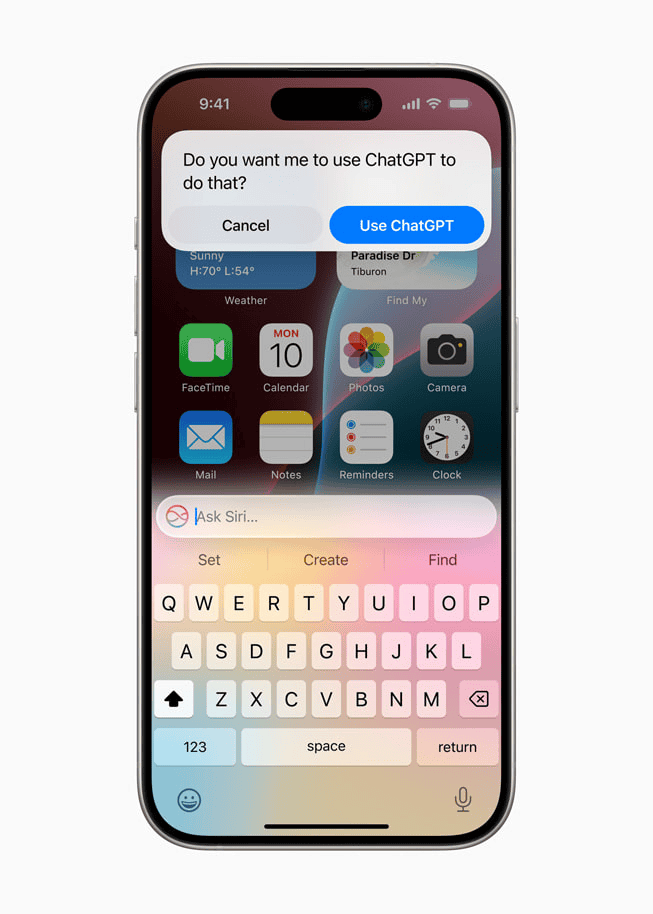
It’s important to note a few things
- This is just one report: While The Information is a reputable source, it’s important to consider that this is just one perspective on Apple’s AI progress.
- Apple is still investing in AI: Despite the reported challenges, Apple continues to invest heavily in AI across its products and services. iOS 18.1, with its Apple Intelligence features, is a testament to that commitment.
- Apple’s approach to AI might be different: Apple has historically prioritized user privacy and on-device processing, which could influence its AI development timeline and strategies.
What this means for Apple

This report suggests that Apple might need to accelerate its AI development efforts to keep pace with competitors. It also highlights the challenges of building advanced AI models while maintaining Apple’s core values of privacy and security.
What this means for users
While Apple might be facing some challenges, it’s unlikely to significantly impact the user experience in the short term. Apple Intelligence features in iOS 18.1 and other AI-powered capabilities across Apple devices are still expected to be valuable and innovative.
In conclusion
While Apple’s AI progress might be facing some headwinds, it’s important to remember that the AI landscape is constantly evolving. Apple has a strong track record of innovation, and it’s likely they will continue to make significant contributions to the field of AI in the years to come.

